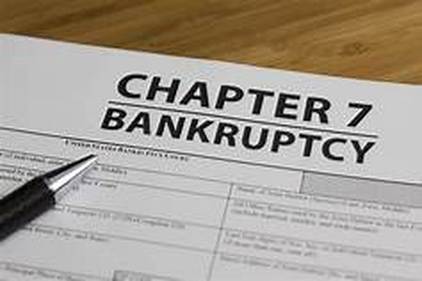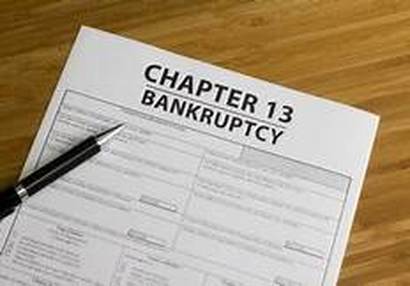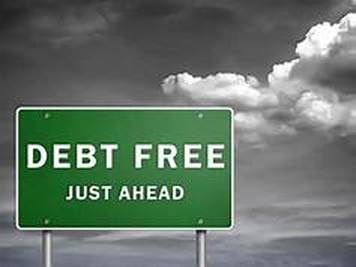Your Bankruptcy Solution
No one plans on being broke. Neither do we plan to not be able to pay our credit card bills. These things happening are not all your fault. It is the fault of the system, the economy, or maybe even bad planning or spending. The key to rough times is knowing that you have a solution.
If you find yourself in extreme amounts of debt, with no way of getting out of it, a Chapter 7 bankruptcy may be your solution. A Chapter 7 bankruptcy may not be as damaging to your credit as you may think. If you are defaulting on your debts and falling behind on payments, you are already hurting your credit. Filing bankruptcy sooner rather than later may be a preferred course of action for your credit situation.
We are a compassionate firm that is sensitive to your economic situation. Contact us today for a free consultation.
* Nothing on this page is legal advice, neither does it create an attorney-client relationship of any sort. The material contained here is for informational purposes only. Contact us for real legal advice and an opportunity to form a relationship with great attorneys.
If you find yourself in extreme amounts of debt, with no way of getting out of it, a Chapter 7 bankruptcy may be your solution. A Chapter 7 bankruptcy may not be as damaging to your credit as you may think. If you are defaulting on your debts and falling behind on payments, you are already hurting your credit. Filing bankruptcy sooner rather than later may be a preferred course of action for your credit situation.
We are a compassionate firm that is sensitive to your economic situation. Contact us today for a free consultation.
* Nothing on this page is legal advice, neither does it create an attorney-client relationship of any sort. The material contained here is for informational purposes only. Contact us for real legal advice and an opportunity to form a relationship with great attorneys.




